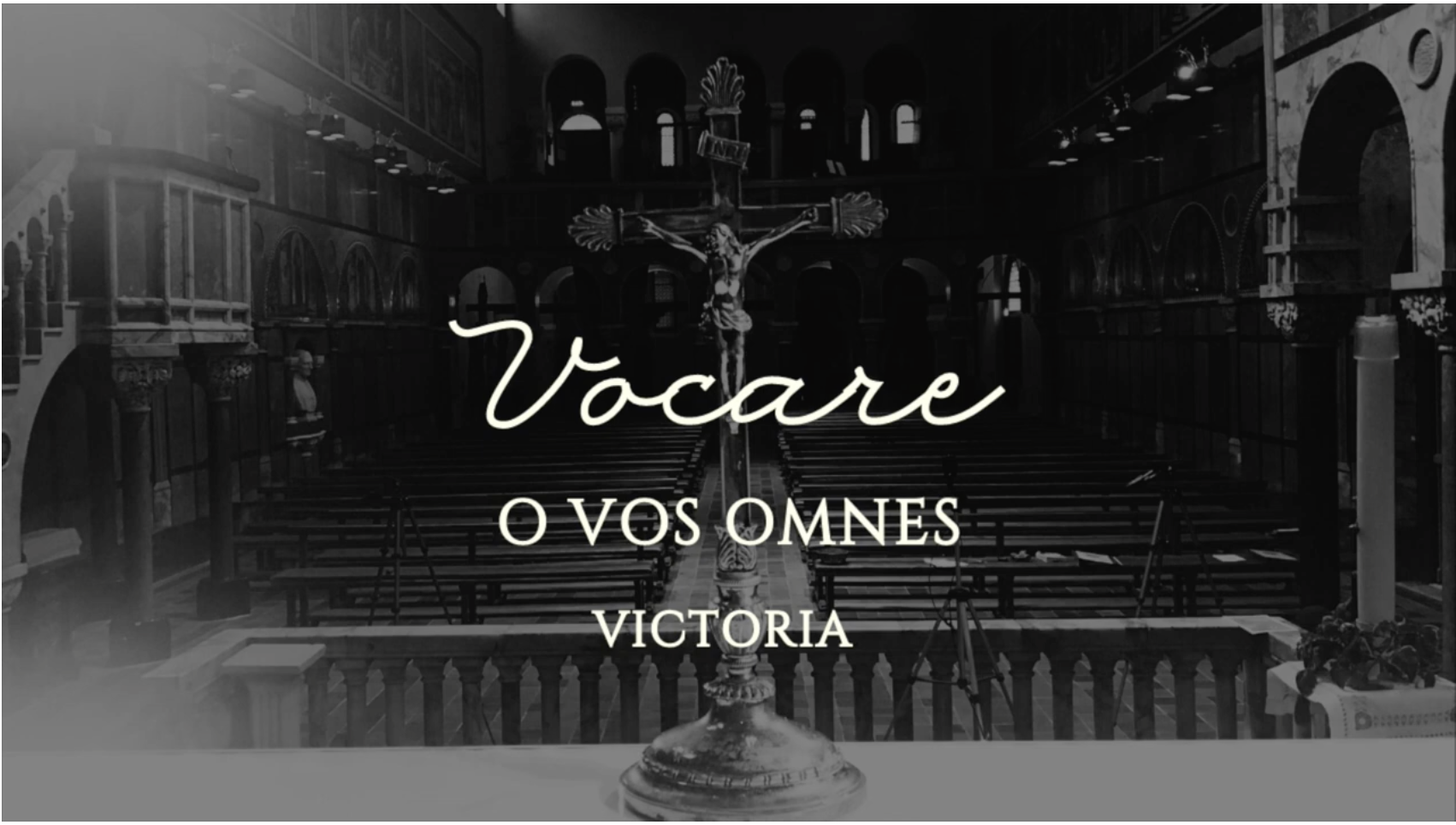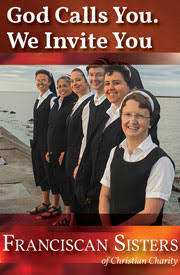At present, Catholics are confronted with cardinals and bishops openly promoting Holy Communion for the remarried, a synodal process that avoided repeating our Lord’s revelation that remarriage is adultery, and a continuing series of provocative remarks by the pope regarding sexuality and married life. All this despite the consistent belief and practice of the Church, which was eloquently proclaimed during the 20th century in systematic refutation of positions now being advocated or tolerated.
Something is very wrong. The Gospel cannot change, and no one can credibly say that this is an organic “development” of the Catholic faith. Just compare the results of the 1980 and 2015 synods on the family or the approach to moral judgments of Veritatis Splendor with Chapter 8 of Amoris Laetitia. Whatever is happening, it is not an organic process.
Many Catholic commentators have undertaken to correct recent ambiguities and errors, to reaffirm the Gospel, and to examine possible causes and solutions for the controversy. While these analyses are vital, I would like to ask a “phenomenological” question: What are we seeing?
It appears to me that we are facing an accommodation of a secularized notion of human life that – especially in altering the Catholic witness on marriage – risks undermining our conception of the union between Christ and the Church. It effectively denies the sufficiency of Christ’s transforming grace in ways similar to attempts to accommodate the Mosaic Law in the early Church. St. Peter himself became embroiled in that by his ambiguous behavior at Antioch. (Gal 2:11-14)
This would mean that whether these accommodations are advocated on doctrinal grounds, as the so-called “Judaizers” did, or tolerated for other reasons, as St. Peter did, they must be rejected in order to ensure the integrity of Christian life in union with Christ.
Jesus loved the Church as his bride, giving himself for her and to her so that cleansed of sin and filled with the Holy Spirit she might dwell in him and he in her. He knew that this union, involving body and soul, was the pattern upon which the human race was created as two sexes united in marriage. (Mk 10:6-9 and Eph 5:29-32) This led Jesus to declare marriage indissoluble and remarriage after divorce to be adultery.
![The Repentance of St. Peter by José de Ribera, c. 1650 [The Hermitage, Saint Petersburg, Russia]](https://www.thecatholicthing.org/wp-content/uploads/Repentance-of-St-Peter-216x300.jpg)
Union with Christ makes possible what is otherwise impossible, namely, that we love as Jesus loves. This union is the source of the logic and pedagogy of the Gospel by which Jesus boldly declares the need to turn from sin, take up the Cross, and share his life. That is how his naming of error and sin becomes an act of mercy: in judging our actions, he assures us of his presence to grant the forgiveness and love we need to abide with him. This is the reason he did not hesitate to speak of the Samaritan woman’s disordered religious belief and moral life, to confront the Pharisees, or to call remarriage “adultery.” His truth sets us free to love faithfully.
Some early Christians maintained that sharing God’s life required circumcision and other aspects of the Mosaic Law. Peter and the Apostles rejected this position in Jerusalem, insisting that both Jewish and Gentile Christians were freed from their old life and received new life only through Jesus. Subsequently in Antioch, St. Peter sought to avoid upsetting Christians who embraced the Law by ceasing his social interactions with those who did not observe it. Whatever his motivation, he was rebuked by St. Paul for behavior that could mislead Christians into believing that the Law was the way to freedom and love.
Since the mid-1900s, various moral theologians have suggested that the Gospel offers an “ideal” morality that must be adapted to the “realities” of contemporary life. These theologians, like the disciples before Pentecost, find the authentic Gospel an impossible burden. Some of them favor permitting remarriage after a “penitential path” designed to accommodate human limitation. This approach overturns not only marriage, but the entire Christian life since it means that our union with Jesus is not, in fact, sufficient to free us from our “hardness of heart,” to love as he loves. Consequently, the Church has insisted that the Gospel is realistic and can be lived without such adaptations.
Pope Francis, like St. Peter in Antioch, has been sensitive in the midst of controversy to those alienated by the Church’s rejection of their mistaken accommodations. But unlike Peter in Jerusalem, he has not first explicitly affirmed the mandates of the Gospel and the validity of the Church’s existing practices. This difference insures that his sometimes-provocative statements will cause more confusion than St. Peter’s behavior.
Thus, despite Amoris Laetitia’s positive elements, many people have been scandalized by its failure to quote Jesus’ statement that remarriage is adultery and by AL’s discussion of morality in Chapter 8. The pope’s recent remarks that cohabitating couples should not be asked, “Why don’t you marry?,” and that their “fidelity” can bestow grace caused wide bewilderment. Although the pope clearly believes that his approach adequately imitates the pedagogy of Jesus and carries no risk of scandal, there is now ample evidence that many are gravely worried and that false shepherds claiming his approval are misleading others.
The scandal at Antioch was overcome when clear teaching was coupled by a refusal to tolerate ambiguous compromises. This was achieved only by St. Paul’s willingness to confront St. Peter, and by St. Peter’s willingness to accept fraternal correction. Saints Peter and Paul, pray for us.
















